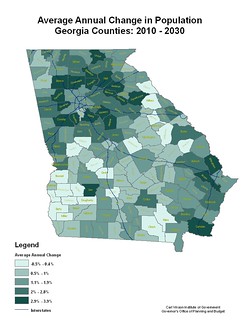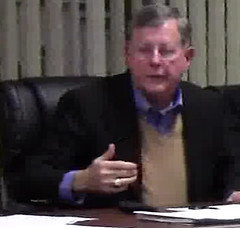Ever wondered what a nuclear reactor vessel looks like? Here’s one that’s literally a train wreck, on its way to Plant Vogtle on the Savannah River.
Rob Pavey wrote for the Augusta Chronicle 10 January 2013, Vogtle reactor vessel slips between Savannah, Burke County,
A 300-ton reactor vessel bound for Plant Vogtle was stranded briefly in south Georgia this week after a malfunction with the specially designed rail car moving the nuclear component from Savannah to Burke County. Workers examine a rail car that was transporting a 300-ton reactor vessel from the Port of Savannah to the Plant Vogtle nuclear site in Burke County. A misalignment between the cargo platform and the rail car caused the component to be returned to Savannah.
“The platform that contained the RV (reactor vessel) during transport became misaligned with the Schnabel railcar, so the railcar stopped immediately,” said Georgia Power Co. spokesman Mark Williams. “The platform and car were re-aligned the same day and safely returned to the port.”
The Schnabel railcar, which features extra axles that help distribute and support the weight of heavy objects, did not break, he said. Georgia Power would not divulge the location of the incident.
I wonder what the locals think. We’d ask them, if we knew where they were.
Well, that’s the only mishap so far, right?
Continue reading













